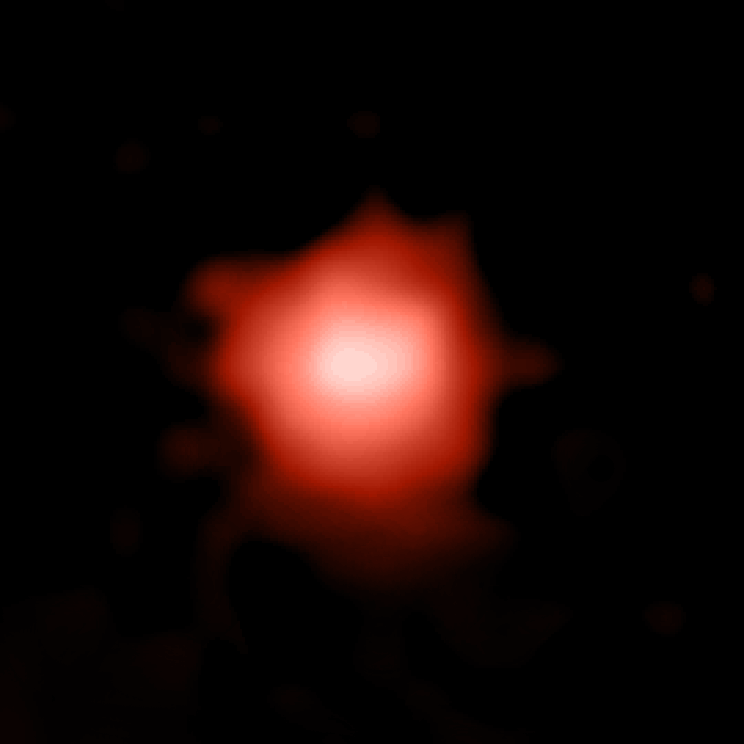Did NASA's James Webb Space Telescope spot the oldest galaxy in the cosmos yet?
The 10-billion space observatory has recently revealed its first science-quality photographs ago and the telescope is showing more promise after a scientist claimed that JWST discovered a galaxy that existed 13.5 billion years ago!

Most Distant Starlight Ever
According to Rohan Naidu of the Harvard Center for Astrophysics, the galaxy known as GLASS-z13 was created 300 million years after the Big Bang, which is around 100 million years earlier than any other object previously detected.
He told AFP that we may be staring at the most distant starlight ever observed.
According to ScienceAlert, the farther away objects are from us, the longer it will take for their light to reach us. As a result, looking back at the far-away universe could mean looking into its deep distant history as well.
Even though GLASS-z13 was a part of the Universe's early history, its precise age is still uncertain because it may have originated at any point within the first 300 million years of the cosmos.
The main infrared imager of the space observatory, called NIRcam, picked up GLASS-z13 in its "early release" data, but the discovery was not made public in the initial image set released by NASA last week.
This galaxy is part of a larger image of the distant universe known as a "deep field," which is an infrared to visible spectrum conversion that shows the galaxy as a clump of red with white in its core.
According to ScienceAlert, 25 astronomers from around the world, including Naidu, have collaborated to present their research in a scientific journal.
Although the research has not yet undergone peer review and is now only available as a preprint, it has already generated considerable interest among astronomers worldwide.
Naidu stated that his team has confidence since another group of astronomers led by Marco Castellano worked on the same data and came up with similar results.
Discovering The Earliest Galaxies
NASA's Webb has various cosmic targets and one of them is discovering the earliest galaxies that emerged after the Big Bang happened 13.8 billion years ago.
Due to their great distance from Earth, by the time these objects' light reaches us, the Universe has already expanded it and shifted it to the infrared area of the light spectrum, which Webb can detect with a level of detail that is unmatched.
To find a definitive sign of extremely far-off galaxies, Naidu and his team looked through this infrared data of the far Universe.
ScienceAlert further noted that all photons or energy packets, below a specific infrared wavelength threshold, are consumed by the neutral hydrogen of the universe, which is positioned in between the object and the observer.
The team was able to determine the locations of these photon drop-offs and infer the presence of these most distant galaxies by analyzing data gathered through several infrared filters directed at the same region of space.
Webb was launched last December and has been completely operational since last week. Astronomers are convinced that it will usher in a new era in astronomy.
Read also: 'Hubble vs James Webb Telescope:' Is NASA Webb's Deepest Image of the Universe Stunningly Clearer?
This article is owned by Tech Times
Written by Joaquin Victor Tacla
ⓒ 2025 TECHTIMES.com All rights reserved. Do not reproduce without permission.




